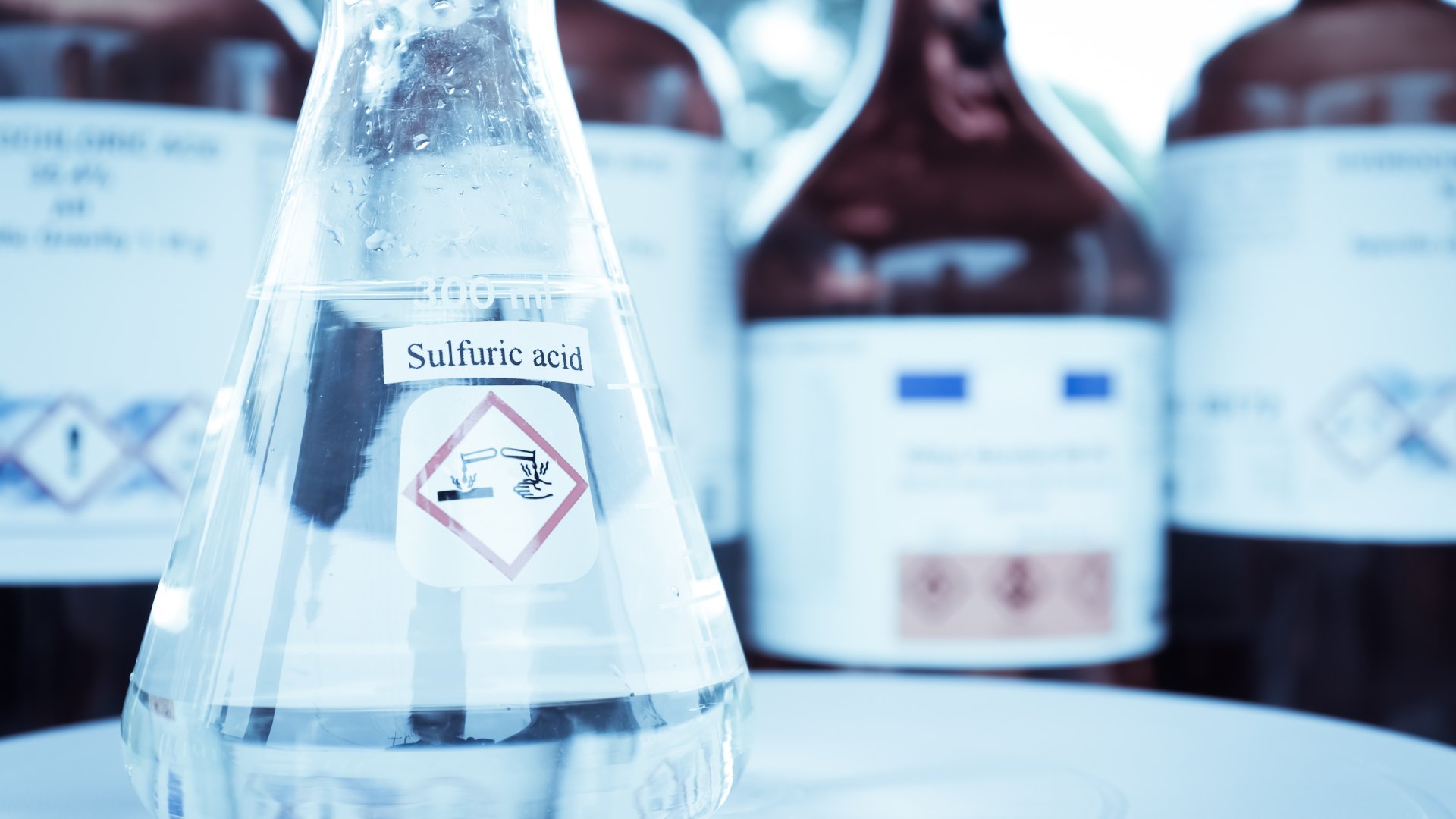Common Acids Used in Laboratory Applications

When you walk into a chemistry lab, you’re bound to encounter bottles labeled with intimidating chemical names and hazard symbols. But which acids do scientists use the most, and why do these particular solutions matter so much?
Understanding the key players will help you handle experiments with more confidence and achieve reliable results. Below, learn the most common acids used in laboratory applications, what they’re intended for, and how to safely work with them.
Hydrochloric Acid
Hydrochloric acid (HCl) is used for tasks like titrations, preparing buffer solutions, and cleaning glassware. Since it reacts quickly with most bases and metals, it’s a great choice for neutralizing or removing stubborn grime. It’s often used at a molarity (M) of 6M or 12M for different processes. Always wear gloves and goggles when handling hydrochloric acid, as it produces noticeable fumes and can irritate the skin and eyes in seconds.
Sulfuric Acid
Labs often rely on sulfuric acid (H₂SO₄) for powerful dehydrating and oxidizing reactions. Given its high concentration and potency, its applications include making fertilizers, synthesizing chemicals, or refining petroleum. Due to its ability to char organic material, sulfuric acid is also vital for protein analysis and breakdown. Keeping a supply of running water at your bench is a smart safety tip if sulfuric acid is on your shelf.
Nitric Acid
Nitric acid (HNO₃) stands out for its role in nitration reactions, which help researchers make explosives, dyes, and pharmaceuticals, among its other applications in laboratory settings. Nitric acid reacts aggressively with metals, producing nitrogen oxides that can be dangerous to inhale.
Its bright yellow color is a giveaway for contamination, so always check your bottle before using it for a quantitative analysis. Since nitric acid is so reactive, take extra care when pouring it. When not in use, store it away from chemicals that release organic vapors.
Phosphoric Acid
Phosphoric acid (H₃PO₄) doesn’t get as much attention as the others on this list, but it’s invaluable for preparing buffer solutions and adjusting the pH in enzyme studies. Food scientists often choose this acid to test preservation techniques or to create calibration standards. Unlike hydrochloric acid, it won’t attack metals aggressively, making it more versatile for delicate experiments. When using phosphoric acid in the lab, keep a clean workspace and use separate glassware for different acids to avoid cross contamination.
Acetic Acid
Acetic acid is a lab essential, especially in its glacial form. It’s vital for creating common solutions, running extractions, and enacting DNA precipitation protocols. Since acetic acid has a strong, sharp smell, good ventilation is important, especially if you’re working in a small space. This acid is less corrosive than the mineral acids listed above, but concentrated solutions still deserve careful handling.
These common acids used in laboratory applications are more than tools; they’re the basis for countless discoveries and quality results in laboratories. Before your next experiment, get familiar with these must-have acids and their best practices.








